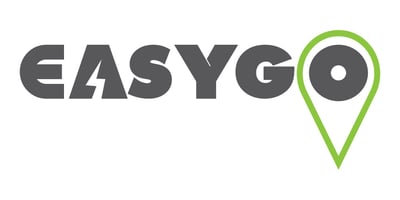In our last IEVOA members newsletter, we asked for feedback on what EV owners do when charging their...
Posts about
destination
Charging habits survey results
In our last IEVOA members newsletter, we asked for feedback on what EV owners do when charging...


